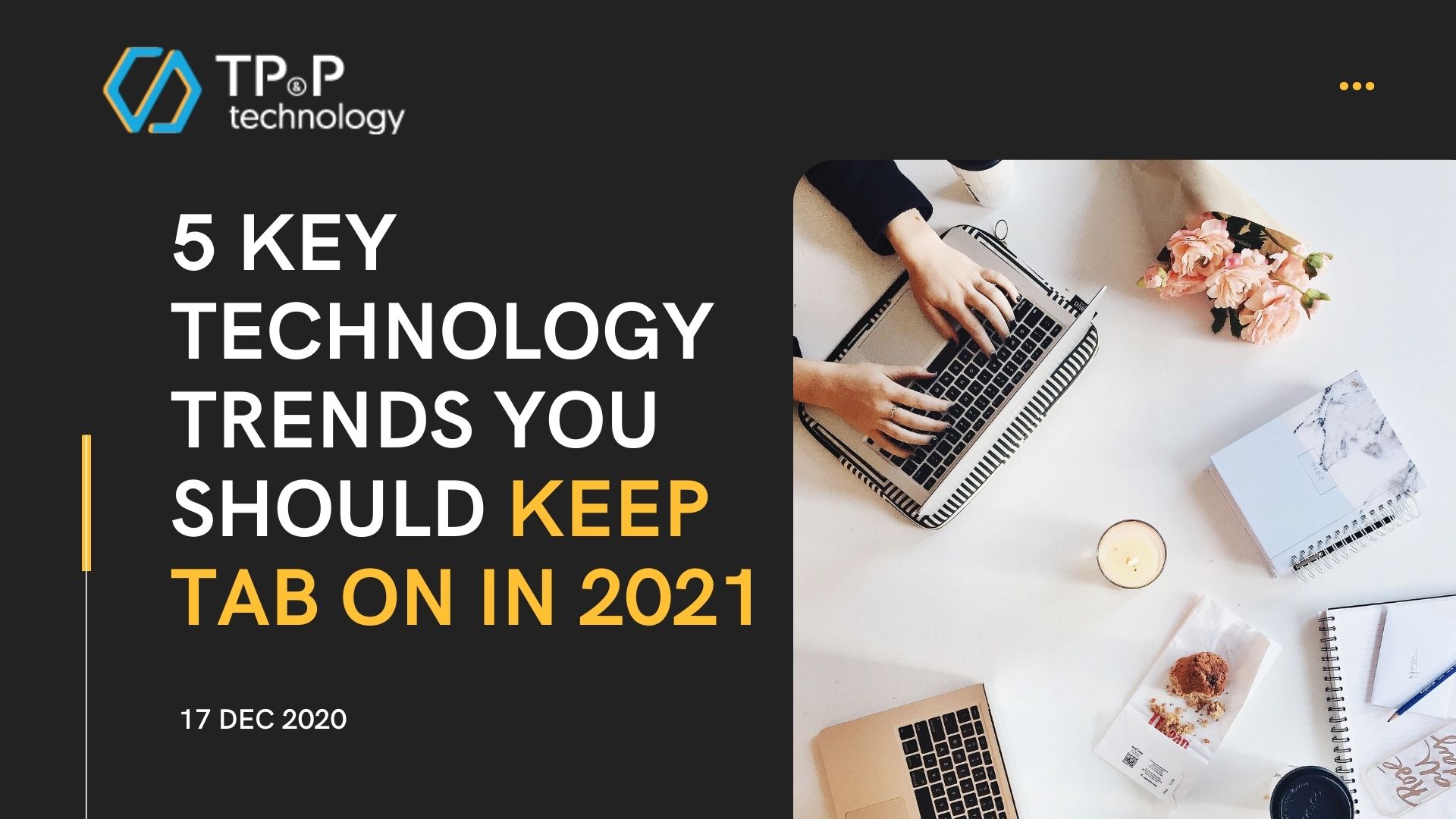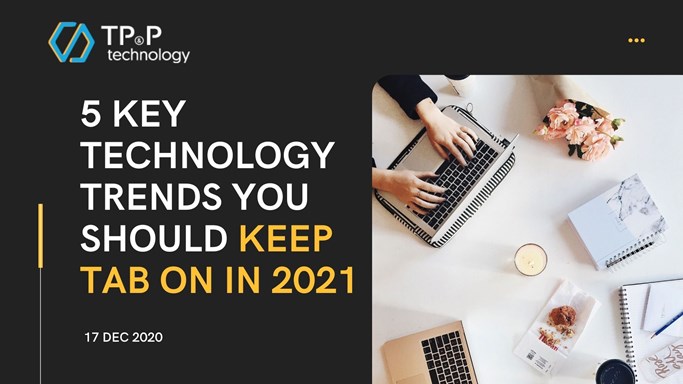
5 Key Technology Trends You Should Keep Tab On In 2021
Only a few days till 2021. As we all experience, 2020 isn’t the best year we had all expected. The COVID-19 pandemic threw a wrench in the works of all businesses in all industries. We all suffer in countless ways, and the IT departments are bearing the brunt of it. But in general, most companies have stood up quite well. This year, thousands of staff have to work from their home offices in response to the pandemic, conferences were canceled or went online; cloud computing is expanding in the companies’ role.
Big data is proved to start to materialize in 2020. The continuing use of big data affects the way businesses perceive and utilize business intelligence. Big data trends contain new concepts, while others are mixing and merging different computer technologies based on big data. Other technology trends such as Actionable data, Cloud automation, Immersive Experience, etc., are set radically after the tech landscape in 2021.
Actionable Data
Actionable data indicates the information that can be acted upon or give enough insights enabling the decision-makers to make the right choice. Because actionable data has undergone through analytics and data processing, it is clearly presented in an understandable visual way. Actionable data helps companies to use its ability to recognize mistakes and capitalize on the opportunity.
And while actionable data is being pushed for a decade now by data integration, business intelligence, customer experience, and analytics vendors, 2021 might be the first year that big data becomes actionable. The value of data gradually decreases with time, so being able to use it closer to where it was created will make it more valuable.
To make data actionable, there should be improvements in data collection, governance, integration, visualization, and especially, analytical modeling. Real-time processing, the Internet of Things, the cloud, edge computing, digital channels, etc., for instant customer connection, all combined to make data more than just actionable, but also more profound and practical.
Data Marketplaces and Exchanges
According to Gartner, online marketplaces will lead 35 percent of large organizations to become data buyers or sellers by 2022. This trend is predicted to speed up cloud, data science, AI, machine learning. Companies like White Pages, Acxiom have been selling data of different enterprises for decades, but the new data exchanging platform will provide a place to consolidate third-party data offerings.
Hybrid Cloud
Over the past few years, the cloud has been deemed as a transformation technology, but for many reasons, companies don’t feel comfortable inputting their data on the cloud. Some of the common reasons include cybersecurity, privacy, poor network latency. These concerns can be easily solved when businesses start using hybrid cloud. The hybrid cloud is a type of cloud computing combination of a private cloud with a public cloud service.
Hybrid cloud allows data and apps to move freely between the two environments. A hybrid cloud brings multiple benefits to organizations, like greater flexibility, security, compliance, more deployment options. Your organization can have full control over a private infrastructure for sensitive data or workloads that need low latency; a hybrid cloud strategy enables businesses with great flexibility. As demand and costs fluctuate, we can move workloads between cloud solutions.
Immersive Experiences
Immersive experiences are about to take a huge leap forward. In the Your next business meeting could be inside a VR headset article, Nils Zimmermann quoted Ferhan Ozkan, who is a co-founder of XR Bootcamp, saying that anything on a smartphone can be deployed in XP soon, …, a while new applications will be invented. These apps can only be used with VR and AR.
Today’s XR is more immersive and engaging than in past versions. Taking games, 3D films, and interactive business applications, for example, if they are all moving to XR, the VR headsets’ prices will drop, but also becoming more immersive.
Hyper-Automation
According to Gartner’s number one technology trend for 2020, it is hyper-automation, which refers to a mixture of Automation technology like RPA, together with machine learning software, the process’s required automation tools, and the business process itself, as well as Analysis, measurement, etc., will continue to be essential in 2021.
In simpler words, hyper-automation handles advanced technological applications to automate the business process progressively as well as augment humans. This technology helps companies to visualize their processes and business functions by creating digital twins that replicate their company’s physical or system processes. This provides real-time intelligence about the business.
Cloud-To-The-Edge
Edge computing can provide compute, storage, and bandwidth close to where the data is collected. Cloud-to-the-edge solution isn’t just data collection, but also in-depth data analysis, security, compliance, and enhanced corporate privacy. Analysis performed at the edge can respond more quickly to what is happening in the real world.
Since information can be processed at the edge of the cloud, it can save a lot of time, effort, and expense. Because analytics modeling can produce results faster, it is more useful.



